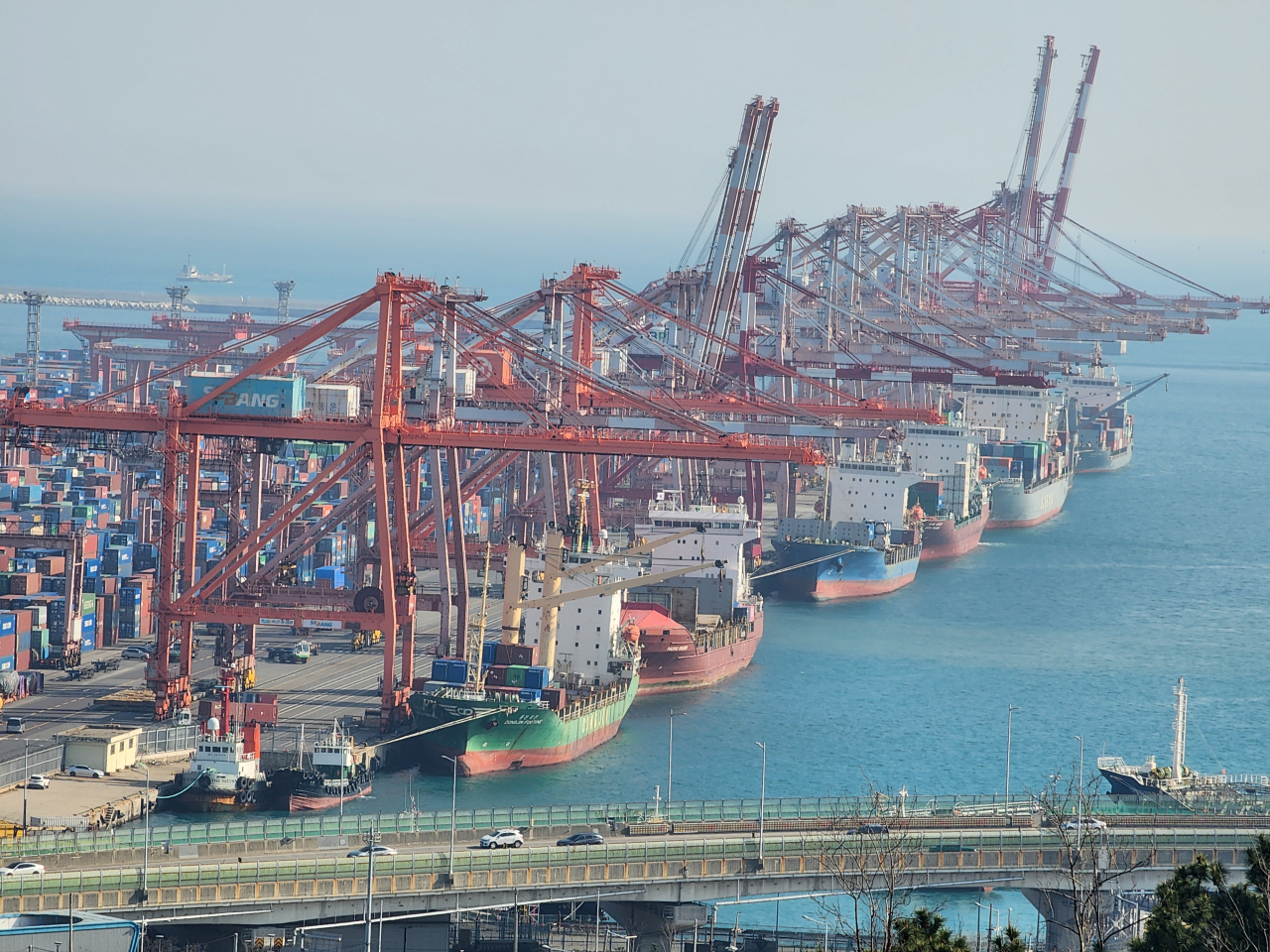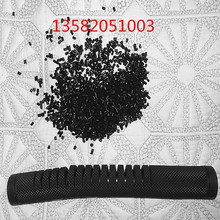Two young men in balaclavas gaze into the camera. Suddenly a policeman approaches. Smiling broadly, he puts his arm around one of the masked young street protesters. More police officers enter the frame. Smiling and laughing, they huddle together to take a selfie with the protesters. They all seem to agree that the boys look good in their police-issued balaclavas—the very masks that, just a day or two earlier, the riot police were wearing during a tense standoff with thousands of demonstrators surrounding government buildings.
When I saw that video, I started to realize that Armenia’s peaceful revolution was succeeding beyond anyone’s wildest dreams.
A week and a half earlier, when I had first heard about the protests against soon-to-be Prime Minister Serzh Sargsyan, I’d taken a far more cynical view. I’ve only lived in Armenia two years, having moved here to take a faculty position at the American University of Armenia, and had no prior connection to the country or its people but had already absorbed the conventional wisdom: Sargsyan and his conservative Republican Party of Armenia, or RPA, had ruled the country for the past 15 years and seemed set to rule for at least 15 more. Sargsyan had previously been president, but in order to get around a constitutional two-term limit, the party had managed to switch the country from a presidential to a parliamentary system so he could still hold on to the reins of power as prime minister. Its members controlled the majority of seats in parliament, despite the fact that seemingly every Armenian I met hated Sargsyan and his party.
“Revolution doesn’t need blood.”You might wonder, as I did, how politicians that unpopular kept getting elected. The answer is that, even with international observers trying to guarantee free and fair parliamentary elections, the Republican Party used every dirty trick in the book to sway the vote. Some voters simply received cash bribes. Other forms of coercion were subtler; for instance, more than 100 school principals across the country actively recruited, registered, and threatened parents into voting for the RPA.
With so many forces keeping Sargsyan and his wealthy cronies in power—and the opposition divided between several different minority parties—I assumed that these demonstrations against the RPA’s move to keep Sargsyan in power would be a noble yet futile gesture, a brief murmur of dissent before the RPA-dominated parliament inevitably selected Sargsyan as the nation’s new prime minister. Still, I tried to remain sympathetic toward my students as they skipped class to protest. I reckoned that eventually, a couple of decades down the line, their generation might be the ones who would actually effect change in Armenia. That is, if they stuck around for that long. Alternatively, they might just join the hundreds of thousands of Armenians who had immigrated to other countries during the Sargsyan era, frustrated by the lack of opportunities in their homeland.
Advertisement Advertisement Advertisement AdvertisementThe protests were not immediately successful. Sargsyan was easily elected prime minister on April 17. But he only lasted six days before resigning. What happened in those six days can serve as a lesson for anyone trying to organize a movement for democratic social change.
Nikol Pashinyan, the minority MP who led the protests, was adamant that they remain nonviolent, citing the precedent of Czechoslovakia’s Velvet Revolution. This was not always easy. When protesters took to the streets, they were often met by police in full riot gear, their faces obscured by shields and the aforementioned balaclavas. But rather than reciprocating this aggression, protesters defused the tension by raising their hands and imploring police to join them. By the day of Sargsyan’s resignation, this noncomplementary response strategy was yielding major results. My Facebook feed was buzzing with videos of soldiers escaping their barracks to join the street protests and statements from high-ranking police officers calling upon their comrades to join the people’s movement.
AdvertisementAs my colleague Melissa Brown puts it, these events showed that, “You can have a popular uprising by appealing to people’s best selves, not their worst selves.” When I asked my students what they learned from participating in the Velvet Revolution, they concurred. “Revolution doesn’t need blood,” one wrote on my Facebook page. A former student added that, “You have a civic duty to demand change, but the manner in which you present a movement is a reflection of your values.”
AdvertisementCrucially, the organizers chose to present the demonstrations as positive, friendly, and inclusive, spurring more and more Armenians to join the movement with every passing day. Although it started primarily as a student movement, demonstrators actively encouraged people from many different generations and backgrounds to join them. In these protests, conservative rural villagers stood side by side with liberal urbanites, temporarily putting their differences aside in light of their common goals. As one of my students noted, “The biggest strength is in unity and in the belief that each one of us is important for making a change.”
Advertisement AdvertisementTo help foster that sense of unity, the demonstrators used relatively simple slogans like “Reject Serzh.” Sometimes, they just used sounds instead of words. After street protesters waved signs reading, “Honk if you reject Serzh,” drivers around the country began using their car horns as instruments of political dissent. They were joined by housewives who, at 11 p.m. each night, would bang their pots and pans in the windows. As this wave of noise swept across the country, Armenians began to recognize just how many of their neighbors were fed up with the current government and that encouraged otherwise-fearful citizens to join the movement.
Advertisement AdvertisementTo the extent that it has covered these events, the international media has tended to frame what’s happening in Armenia as a battle between two leaders: oily oligarch Serzh Sargsyan versus revolutionary Nikol Pashinyan, cutting a Che Guevara figure in his trademark beard and camouflage T-shirt. Such coverage is understandable, since Pashinyan, a former journalist himself, is a colorful, media-savvy figure with a great backstory that’s earned him comparisons to Gandhi and Nelson Mandela. He’s even a former political prisoner, jailed for several months on charges of provoking public unrest during protests against Sargsyan’s win in the 2008 presidential elections. But the movement is much bigger than Pashinyan. On April 22, when Sargsyan’s government tried to crack down on the protests by detaining Pashinyan and most of the movement’s primary organizers, more than 100,000 people defied police orders and congregated in Yerevan’s Republic Square for a self-organized rally, drawing more participants than ever before. Only hours later, Pashinyan was freed and Sargsyan resigned.
AdvertisementThe crisis was not over, but as I walked the streets of Yerevan, I noticed a sense of optimism that wasn’t there just a month earlier. Even as the Republican-dominated parliament sought to retain its power and obstruct the popular call to name Pashinyan as the new prime minister, my Armenian friends remained euphorically confident, emboldened by a newfound sense that in Armenia, the people really do have the power. On May 1, when all but one Republican MP voted against Pashinyan’s bid to become prime minister, there were no angry riots. The next day, people simply held a general strike that brought the country to a standstill, shutting down government offices and blocking vital roads. Yet in practice, it felt more like a nationwide street festival, as Armenians played music, performed folk dances, and even grilled barbecue in the middle of normally busy intersections. Photos of the festivities circulated on social media, under the tagline “Armenian Style of Revolution.”
Advertisement Advertisement AdvertisementOn May 8, Armenia’s parliament revoted, and this time, with the grudging support of several Republican MPs, Pashinyan was elected prime minister. For many here, it was the culmination of their dreams for a new Armenia, and yet they recognize there is still a lot of work that must be done to guarantee a truly fair and democratic nation. Meanwhile, they aren’t resting on their laurels; in the past few days, citizen activists have targeted systemic corruption on the local level, taking on the mayors, hospital officials, and school principals who once served as enforcers for the Republican Party.
As an outsider, I’m proud of what my Armenian friends have accomplished, and I’m more than a little awed by their bravery. I also can’t help wondering whether activists in my homeland could follow their example. Of course Armenia is much smaller and more ethnically homogenous than the United States, so not every element of the Armenian style of revolution would translate. But even in a diverse and divided country like the U.S., there are still common grievances shared by the majority of the electorate; for instance, the lack of economic opportunities, which motivated many Armenian protesters, is also a worry for many Americans.
Finally, I am struck by what Armenians have dubbed their movement: “the Revolution of Love and Tolerance.” When Americans think of political activism, “love” and “tolerance” might not be the first words that come to mind. But maybe they should be.
Tweet Share Share Comment

 相关文章
相关文章




 精彩导读
精彩导读




 热门资讯
热门资讯 关注我们
关注我们
